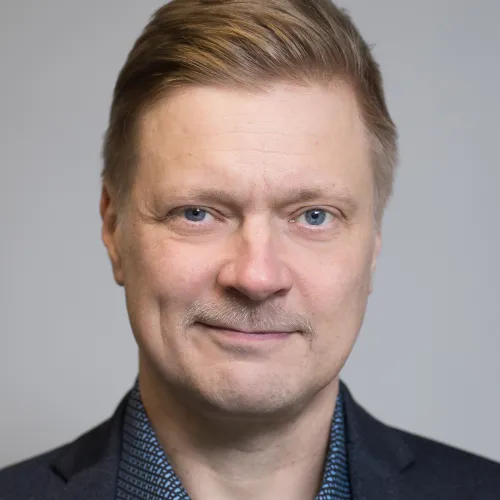LUT and Kempower’s Electric Mobility Research Center (EMRC), opened in November 2023, is now funding its first master’s thesis. The thesis is being written by LUT’s electrical engineering student Muhammad Haider Ali and deals with the optimization of charging fields with additional energy storages – so-called battery banks.
The supervisor of the thesis is Associate Professor Lassi Aarniovuori from LUT School of Energy Systems. However, the original idea came from the research director of the EMRC, Ville Naumanen.
“The basic idea is to find out how to make money from a battery connected to a charging station when the station is not in use. There’s a market for this, trading electricity, and we need new ideas on how to sell energy,” Naumanen explains.
A battery energy storage system (BESS) can be used for short-term balancing of the electric grid. The share of renewable electricity, such as solar electricity and wind power, is increasing and its generation cannot be fully controlled. Also, the electricity demand varies depending on the time of day, the day of the week, and the season. On a sunny summer day, the production can be high and the demand low, and during a cold winter day, vice versa.
As demand and production must always be equal in an electricity grid, intermediate storages of some kind are needed. Electricity is inexpensive when the demand is low, such as late at night or early in the morning. Batteries can be recharged during those off-peak hours and discharged when the electricity price is high.
“That is not the only function of a BESS, and this master’s thesis explores different BESS functionalities in its background study,” says Aarniovuori.
Grid market data and historical data will be used
Ali is now collecting data and looking for partners to work with.
“I hope to co-operate with, for example, Fingrid, Lahti Energy and Kempower. I expect to learn a lot and hope to continue examining the topic further in a doctoral thesis. I look forward to networking and getting more experience in this research field,” says Ali, who specializes in electric transportation.
Ali believes the thesis will reveal many ways to exploit market tools to make more money with a battery bank. Ali will use grid market data and historical data in his thesis.
“The main challenge might be to understand the research material, since some of it is in Finnish!” Ali grins.
EMRC can provide funding for research
Naumanen says that people are generally very interested in the EMRC.
“I’ve had many discussions about new projects, and multiple initiatives have already been made. The main obstacle, so to say, is time. I’ve only worked for LUT a few months, and I’m still getting to know people. Forming research consortiums takes time.”
Naumanen is pleased to see that there are many innovatively thinking people in the LUT community. He says the excitement is infectious.
“I hope that the EMRC will be a research platform that breaks silos, just like other research platforms at LUT. I wish everyone at LUT remembers that the EMRC is here and can provide funding for research. So, please get in touch if this field of study resonates with you!”
More information:


